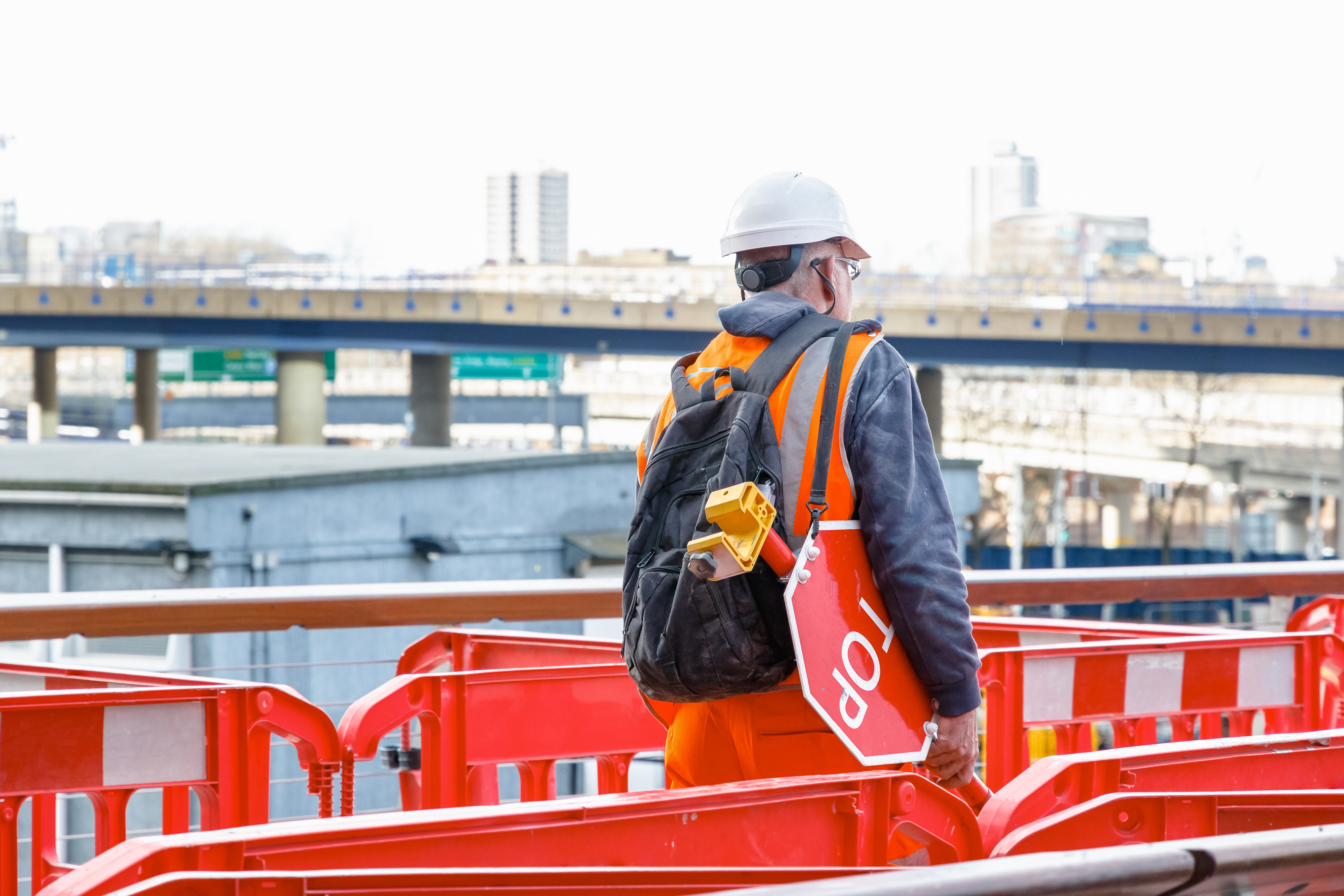Are You Aware of Modern Slavery?
Find out how it can intersect with the world of interior design

An estimated 40.3 million men, women and children were victims of modern slavery on any given day in 2016, according to the Walk Free Foundation Global Slavery Index. It’s a horrifying figure, but one that’s likely to be conservative because gaps in data remain. It’s a crime that takes place around the world, and that includes in the UK.
The term modern slavery covers many types of exploitation, including sexual, domestic servitude, and exploiting a person to commit a crime. It also encompasses forced labour, where victims work long hours for little or no pay in poor conditions with threats of violence to them and their families. It occurs in various industries, including both construction and manufacturing, and because of this, it’s vital that interior designers are aware of the issue.
Modern slavery in construction
Contractors and sub-contractors, or agencies supplying labour in the construction industry could find themselves targeted by gangmasters, according to the Home Office. It states that victims are often Eastern European men promised UK jobs then forced to work for little or no money.
Employers in the construction industry should be making proper background checks on supplying agencies. The Association of Labour Providers and the Recruitment and Employment Confederation are the two main recruitment industry associations, and work with the Gangmasters and Labour Abuse Authority to tackle slavery.
Modern slavery in manufacturing
As with construction, the Home Office identifies contractors and sub-contractors in the manufacturing industry as potential targets of agencies or individuals offering a supply of labour at discounted rates.
In common with construction, victims of the crime of modern slavery in the manufacturing industry are often from Eastern Europe, the Home Office states. In the case of manufacturing, it’s both men and women who may be forced to work in factories for little or no money.
The correct background checks should be made by employers on the agencies supplying labour in the case of manufacturing, too, and once again the Association of Labour Providers and the Recruitment and Employment Confederation are the two main recruitment industry associations, and work with the Gangmasters and Labour Abuse Authority to tackle slavery.
Be aware of the signs of forced labour
When it comes to spotting a business that might be using forced labour, the Modern Slavery Helpline and Resource Centre – which provides victims, the public, statutory agencies and businesses access to information and support – advises that you should look out for the following:
- Signs of physical or psychological abuse, looking malnourished or unkempt, appearing anxious/agitated, or withdrawn and neglected. Victims may have untreated injuries.
- Fear or hesitation to talk to strangers.
- Workers lacking protective equipment or suitable clothing and without safety training for their roles.
- Workers who don’t have free movement and are always accompanied.
- Workers forced to stay in accommodation provided by the employer, which could be overcrowded, or who live on site.
- Workers transported to and from work and possibly with multiple people in one vehicle.
- Workers labouring for particularly long hours.
You can check the complete list of signs via the Modern Slavery Helpline.
Be cautious if you believe you have come across a victim of modern slavery, as trafficking gangs are dangerous. If you come across a potential victim, or a business you think is using forced labour, call the Modern Slavery Helpline on 08000 121 700, or the police.
Modern slavery in supply chains
In the UK, the Modern Slavery Act 2015 introduced a requirement for large businesses to report annually on the measures taken to prevent modern slavery in their operations and global supply chains. The legislation requires this of businesses with a total turnover of £36 million or more.
Smaller organisations can voluntarily produce a slavery and human trafficking statement, the Home Office advises, and it encourages all businesses to be open and transparent about recruitment practices, policies and procedures in relation to modern slavery.
Guidance on creating a slavery and human trafficking statement can be found on the government website.
If you suspect or identify modern slavery abroad, the Home Office states that your response should be adapted to local circumstances. This may mean via local NGOs, industry bodies, or trade unions, or it could be via local government and law enforcement.
Looking to find out more? You can find all the government documents and material related to its work to end modern slavery on its site.
Explore new resources from the BIID. Seeing a padlock? Just login or become a member to view.
View the highlights from our 60th anniversary party
We asked Anna Burles: What makes the perfect software?
Discover the smart home technology awards with Platinum Partner, CEDIA
Explore the latest, member-exclusive, templates designed to make your life easier.
University of Gloucestershire wins the BIID Student Design Challenge 2025.





